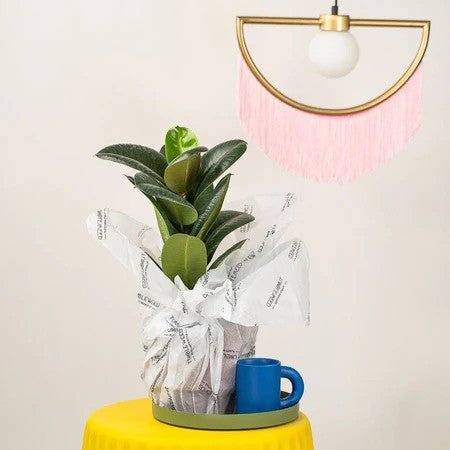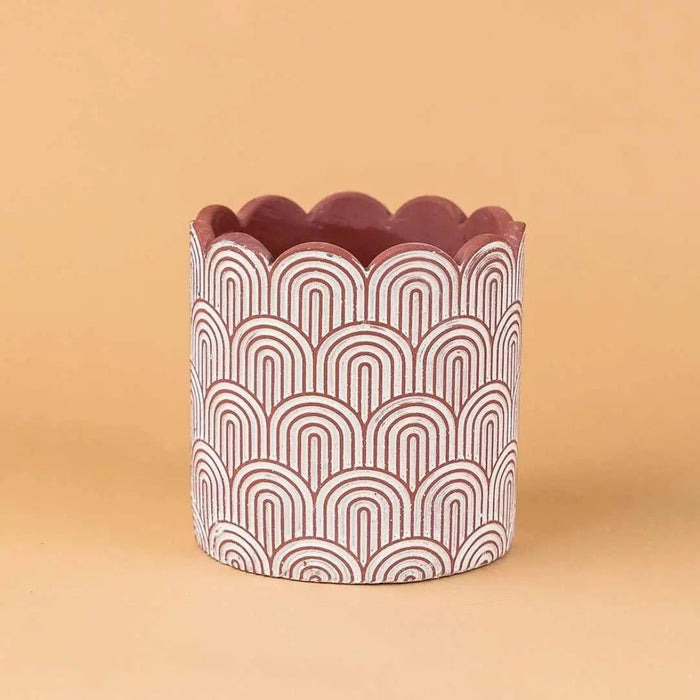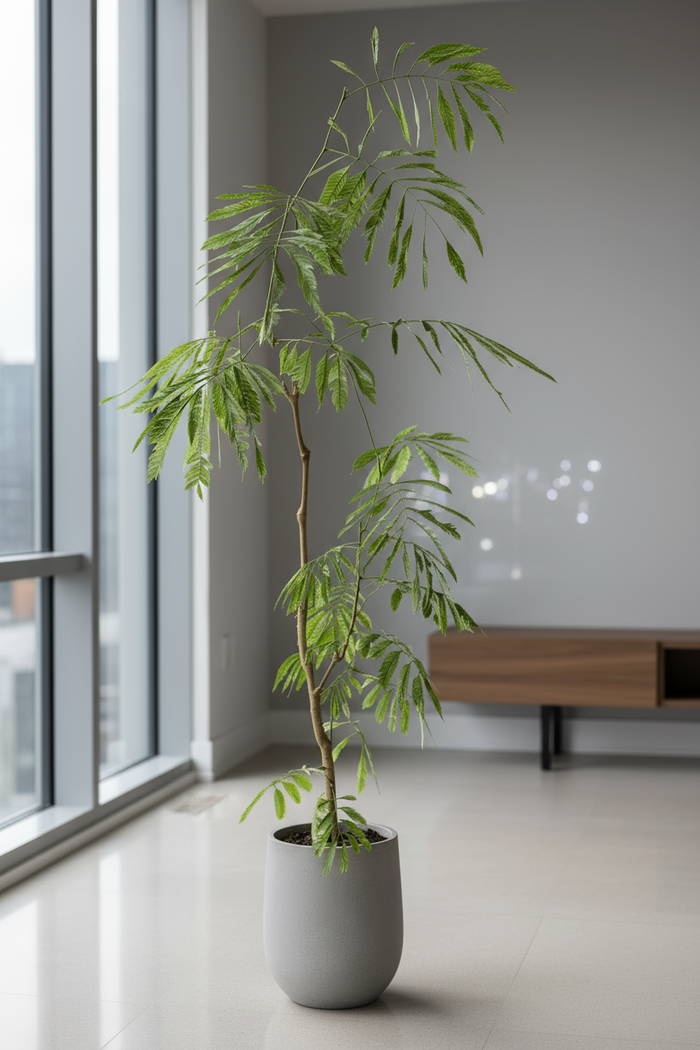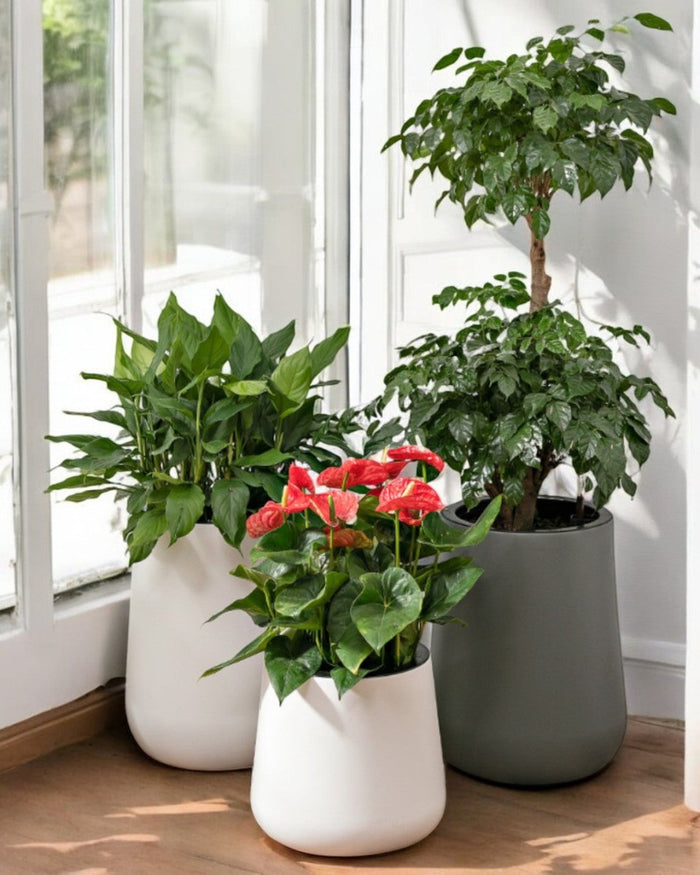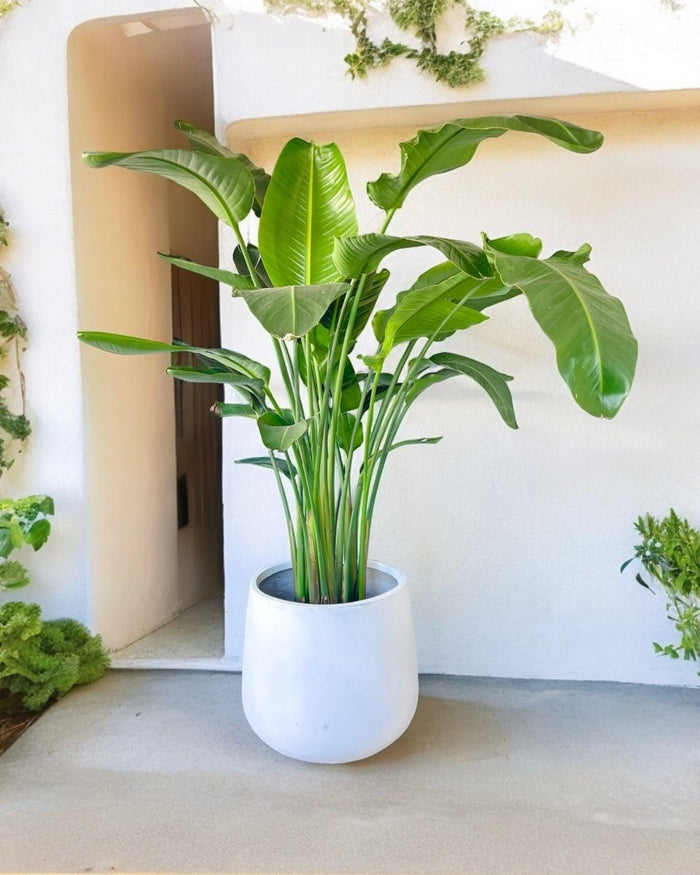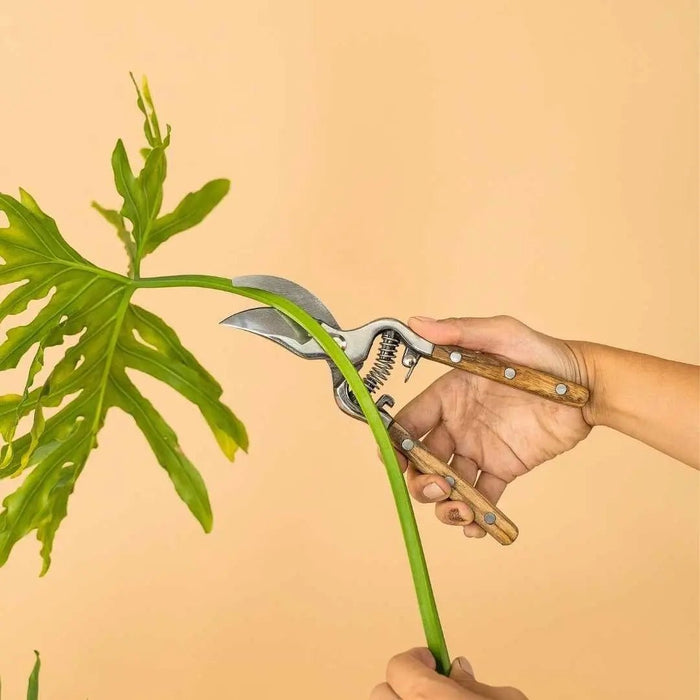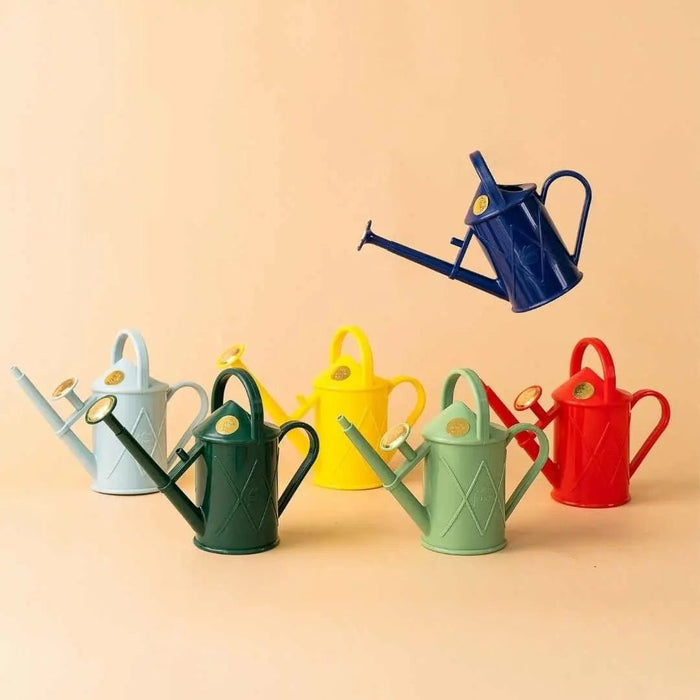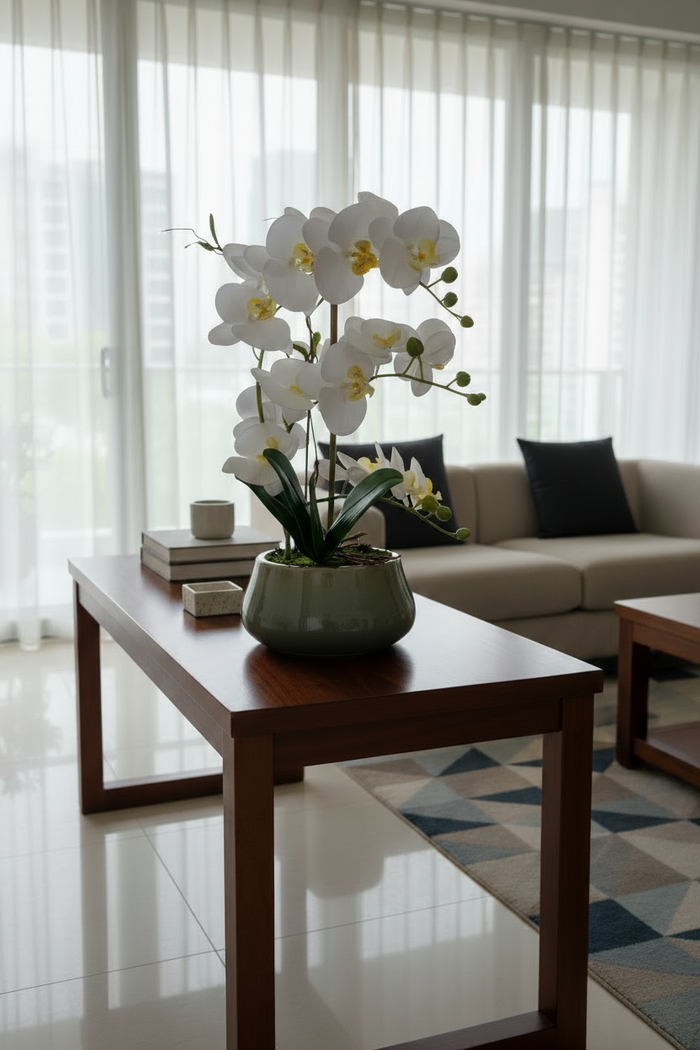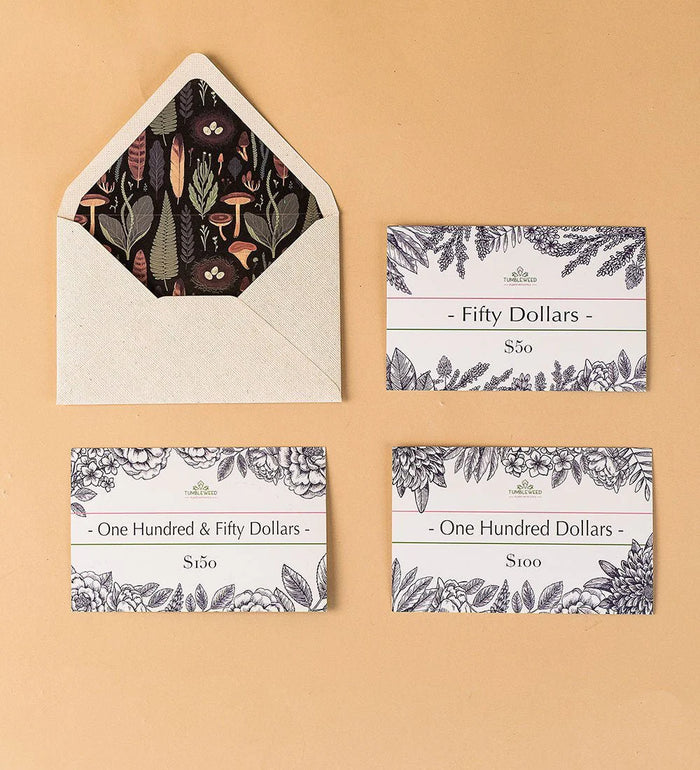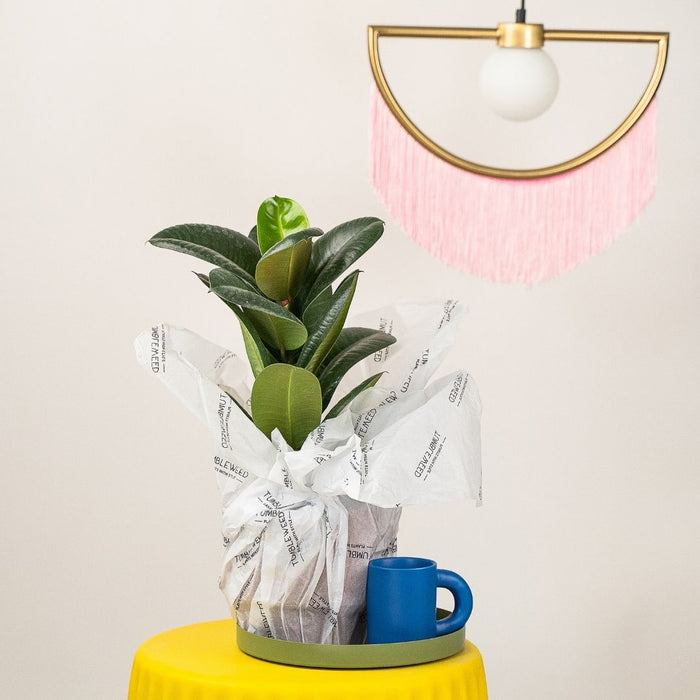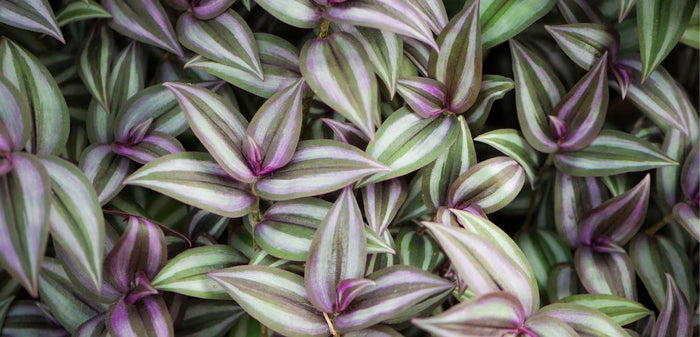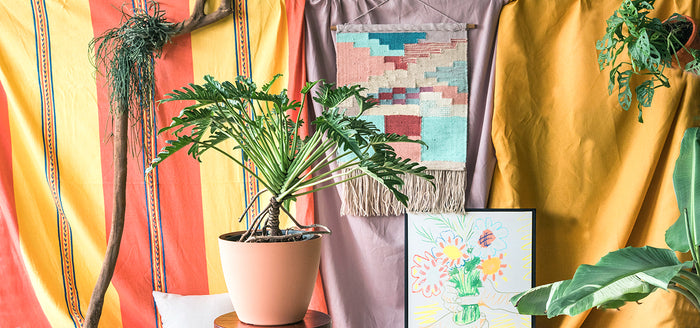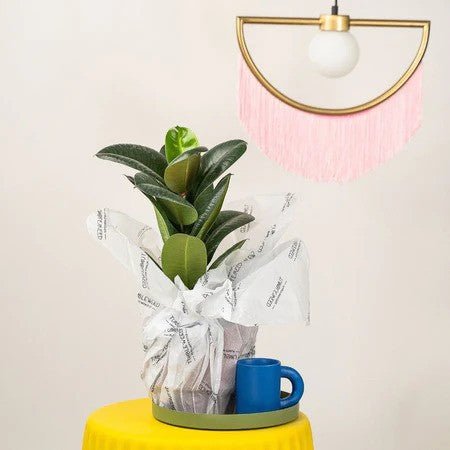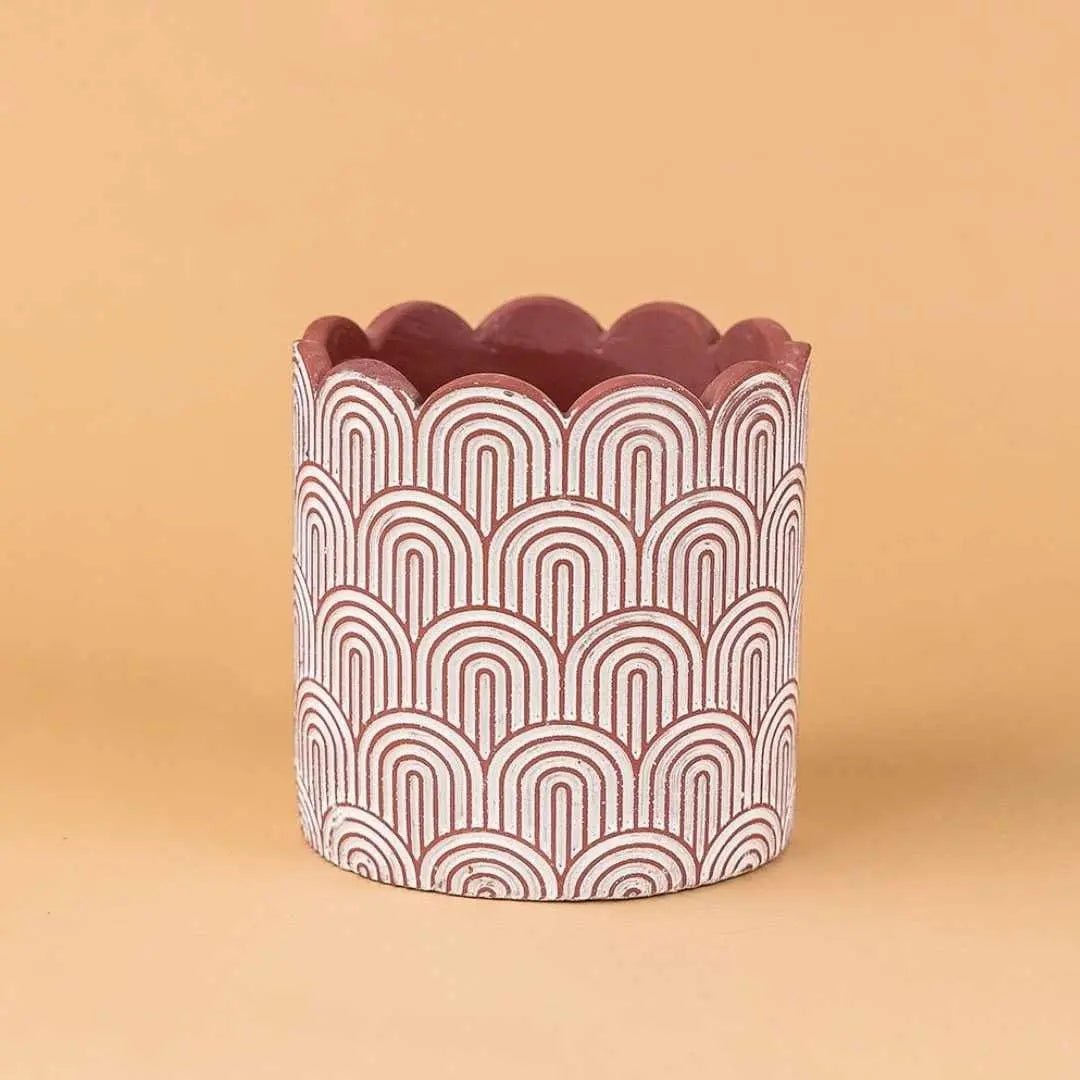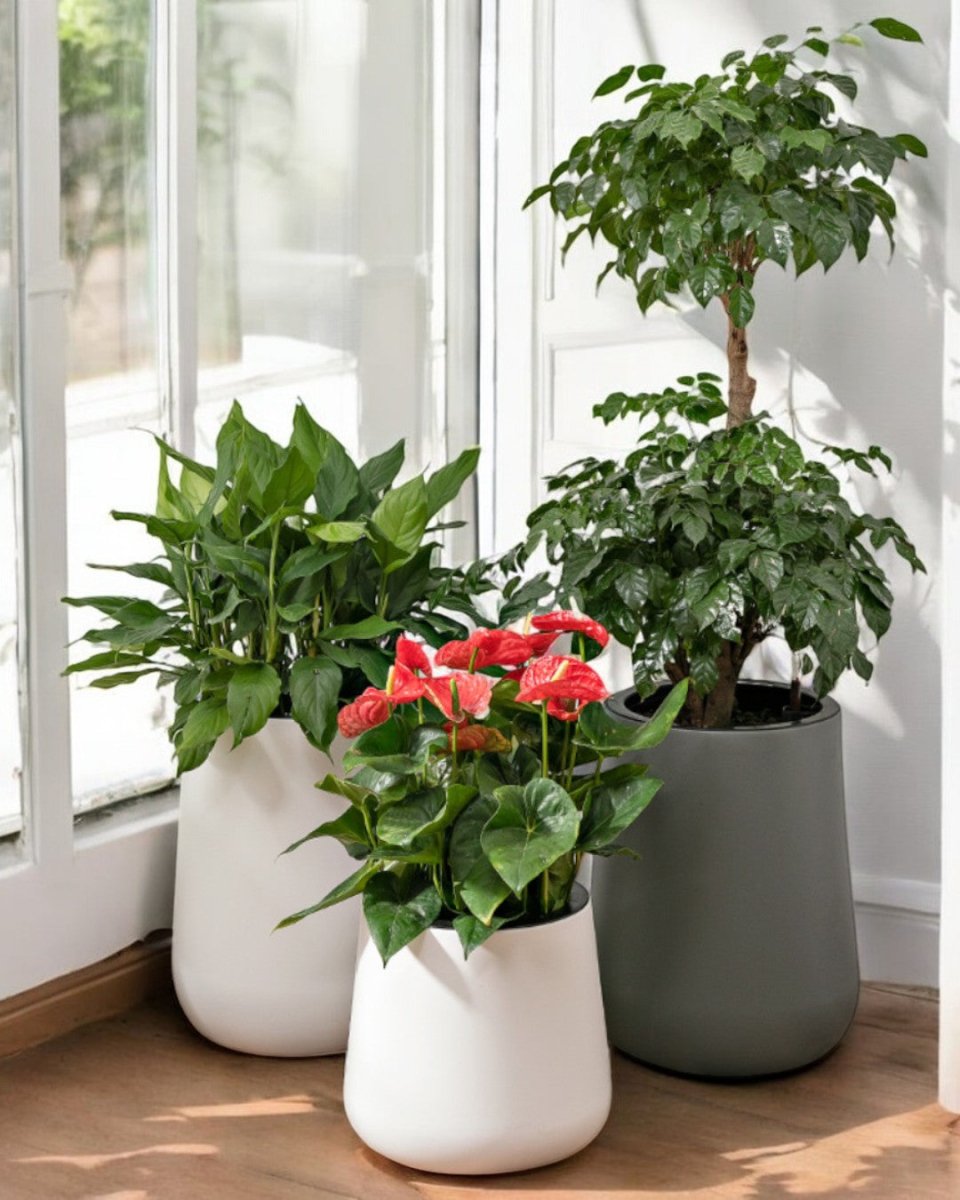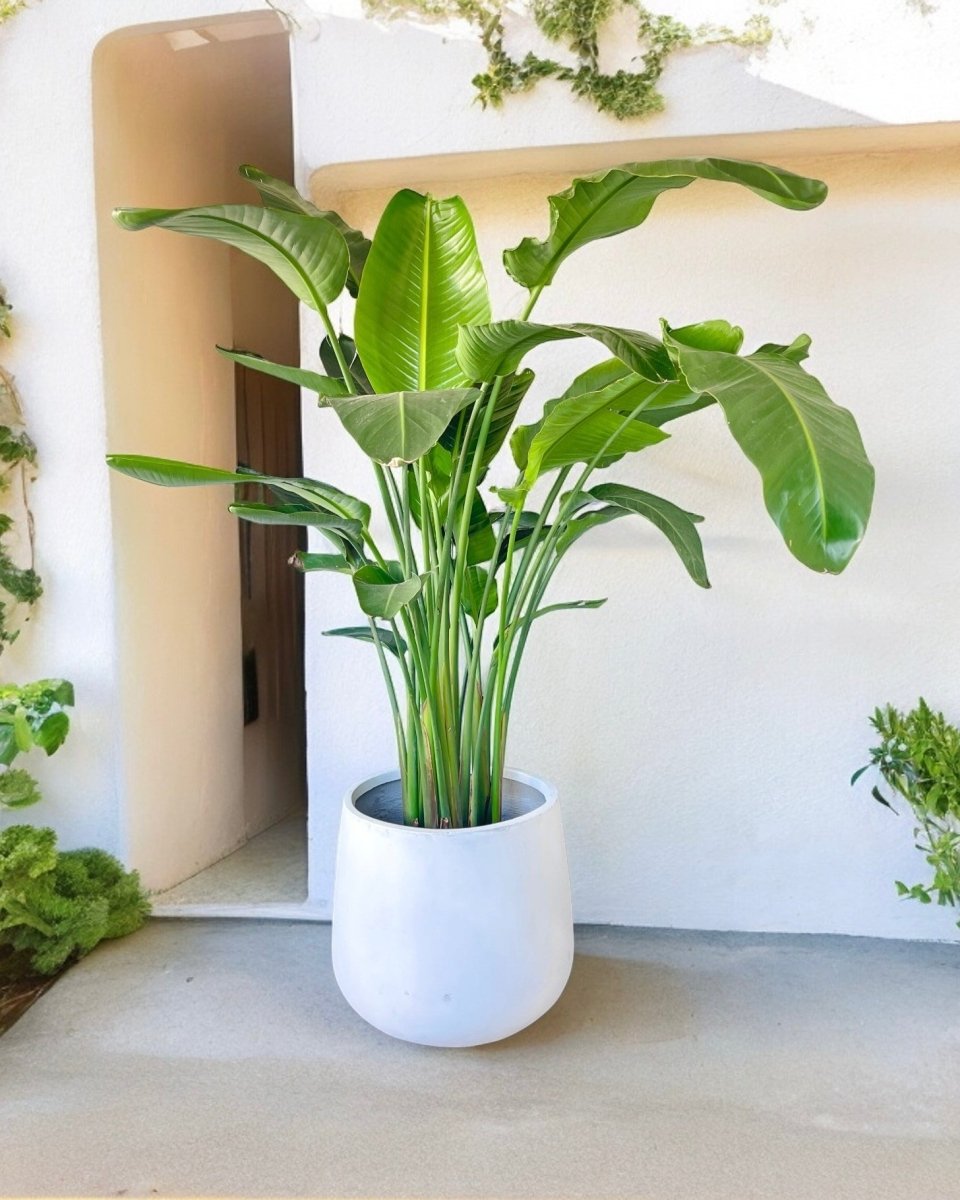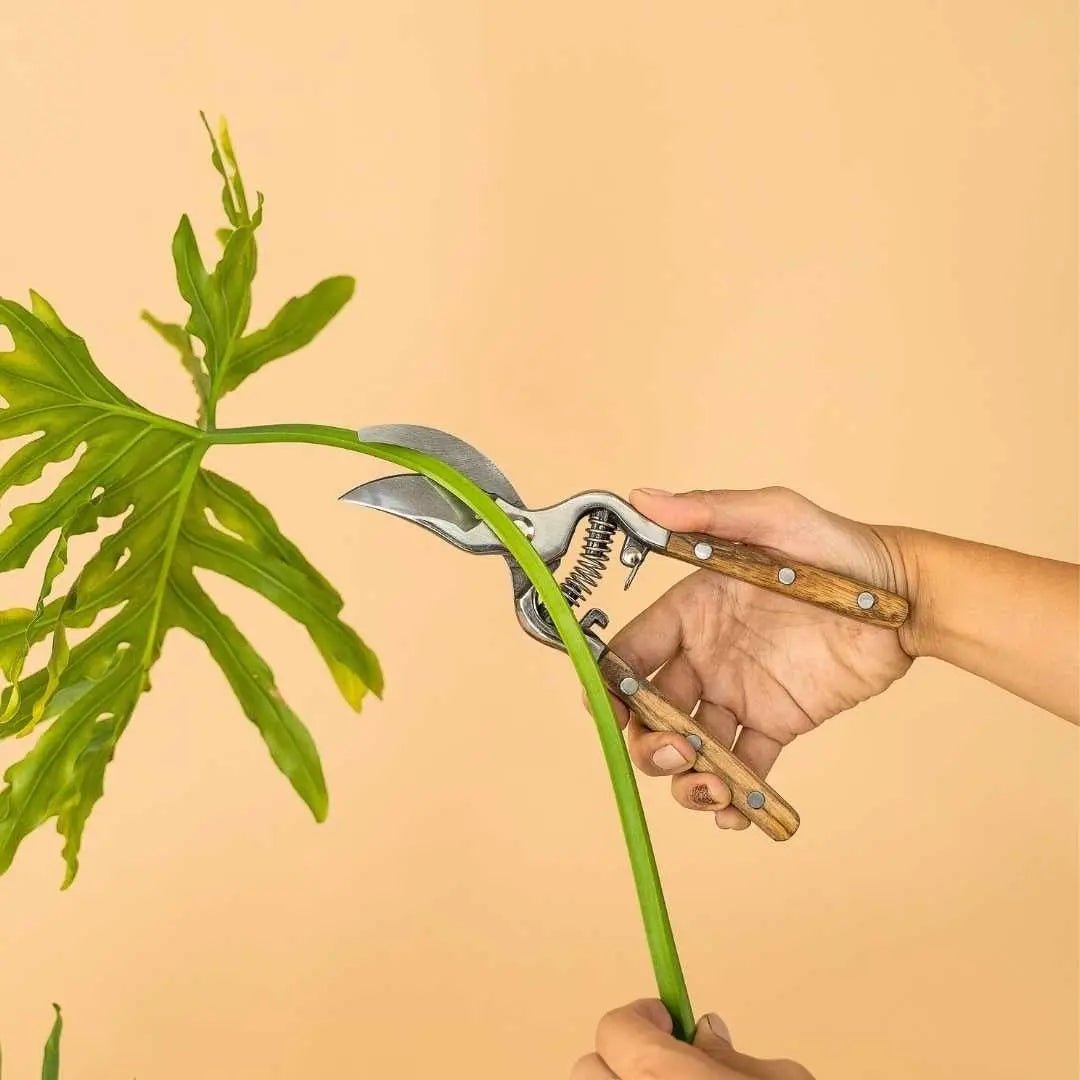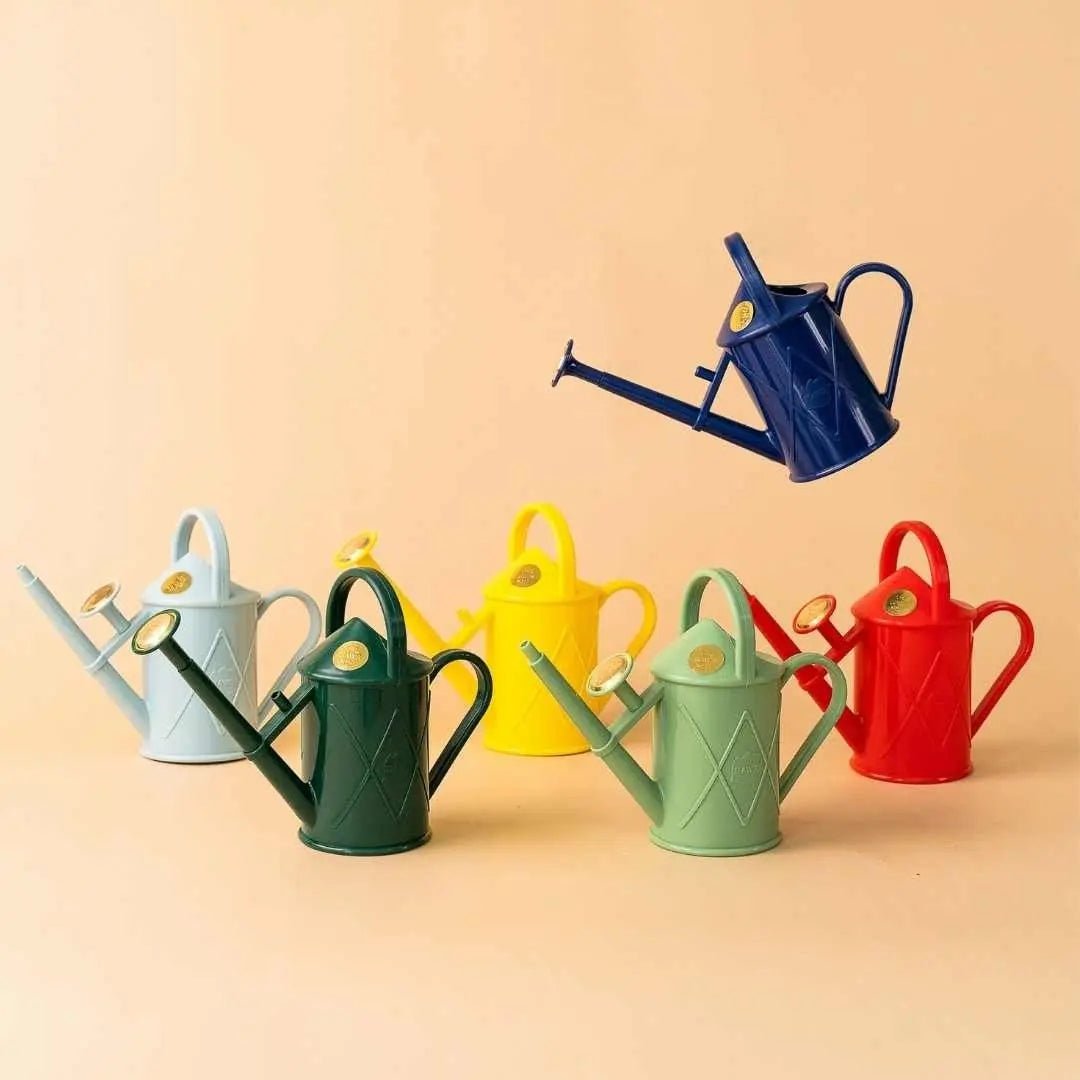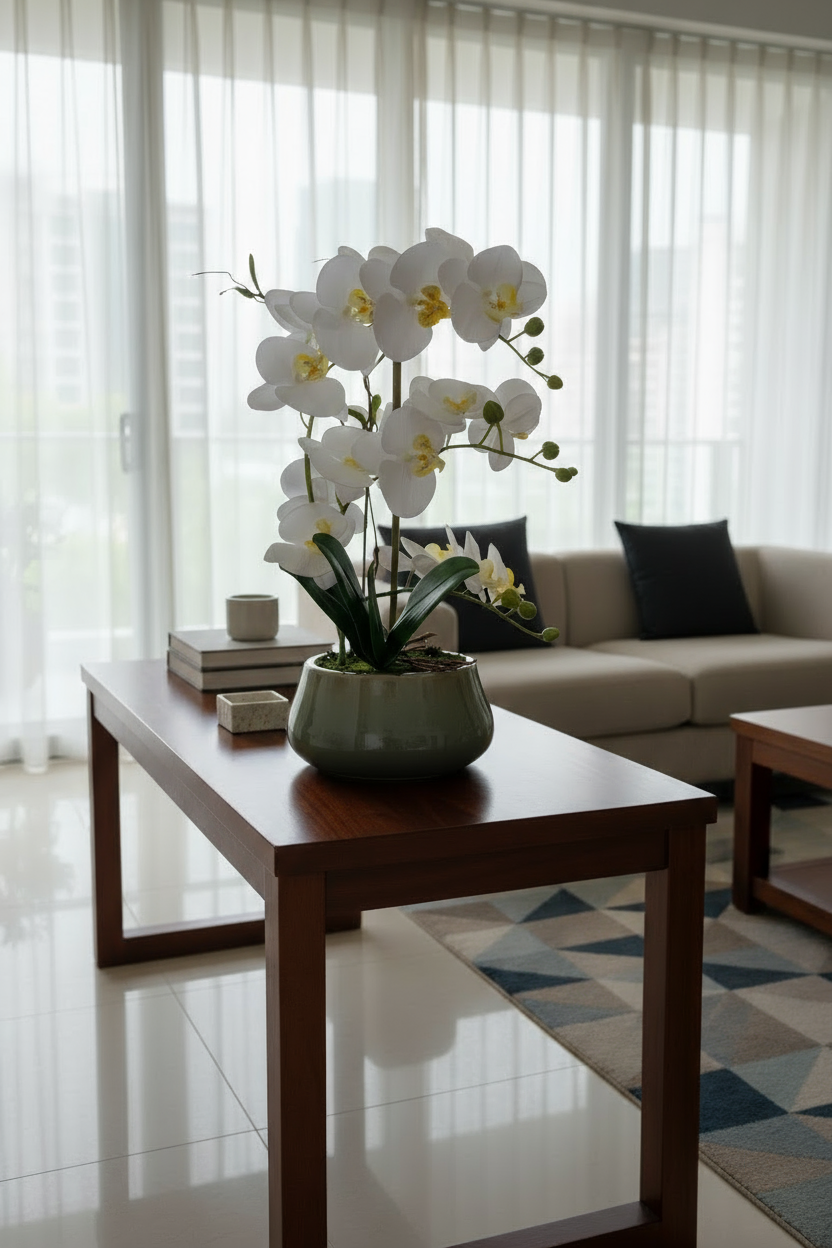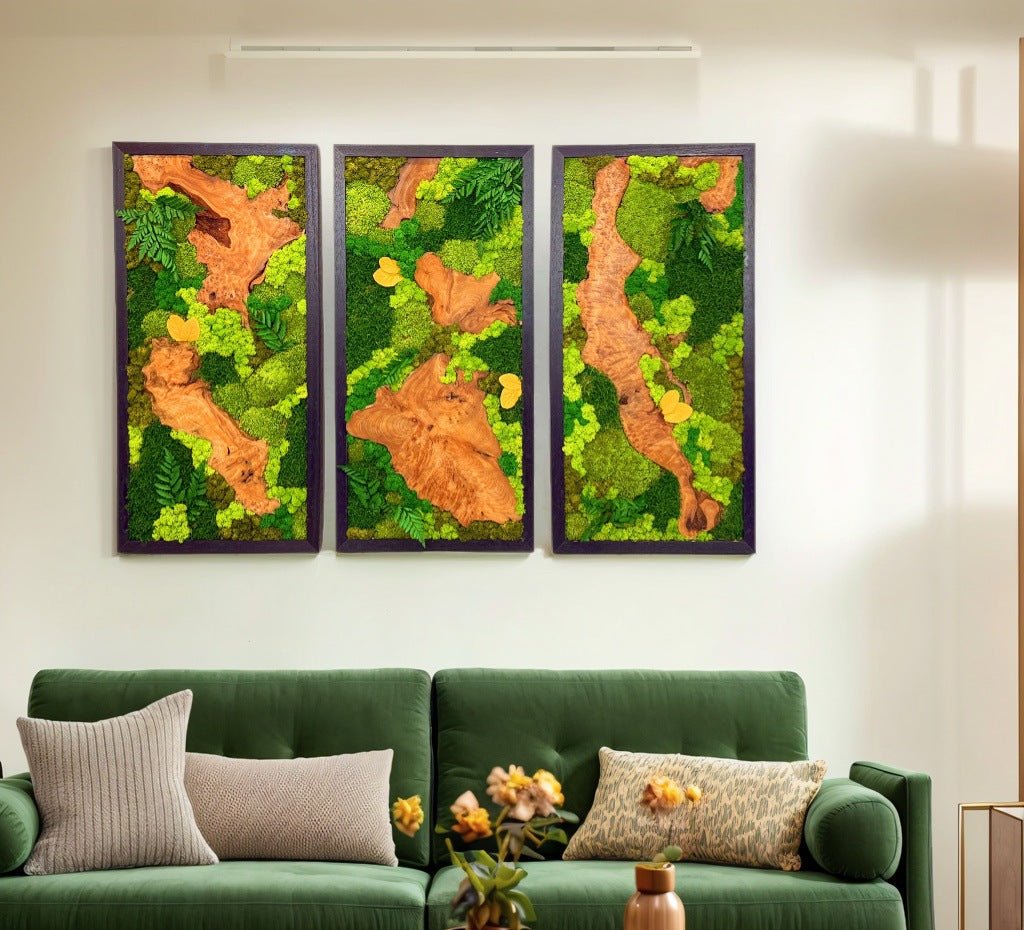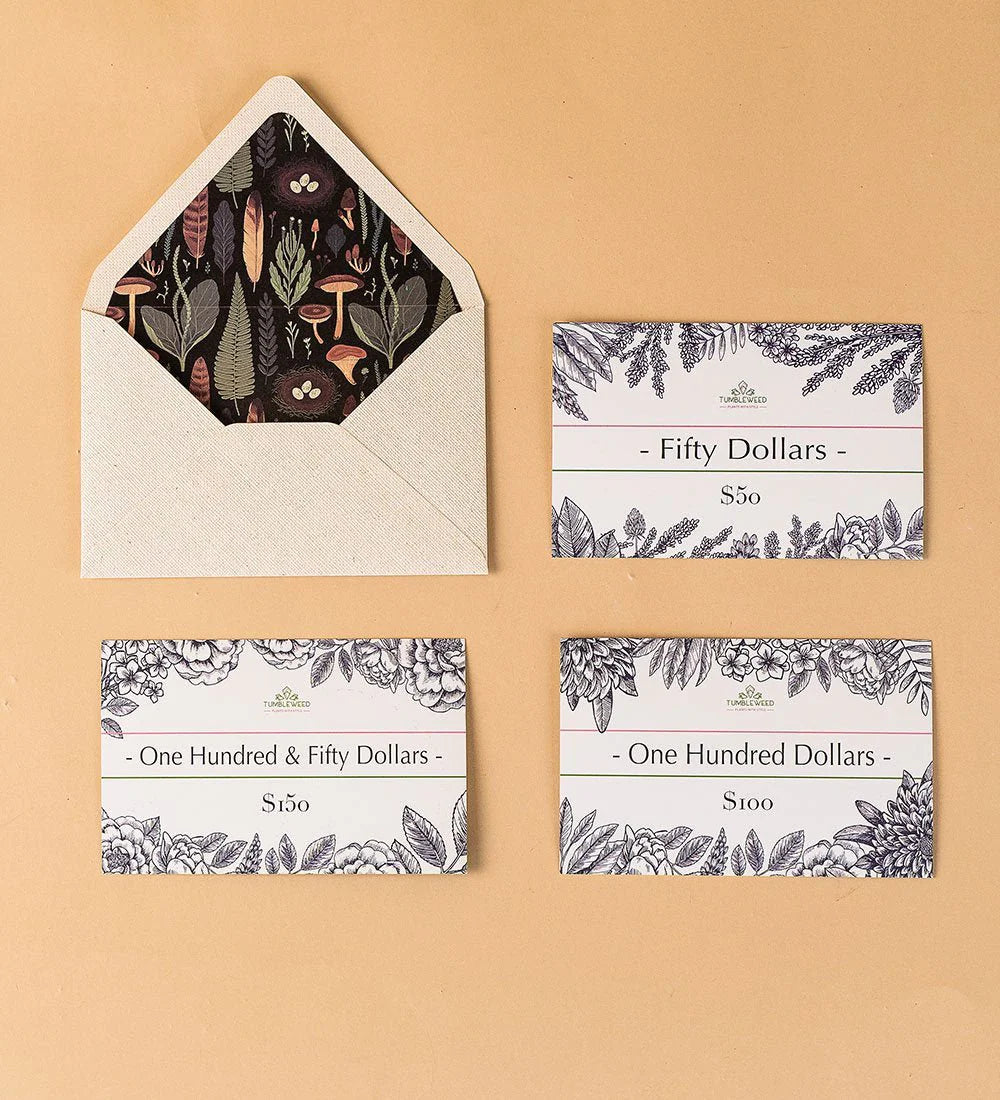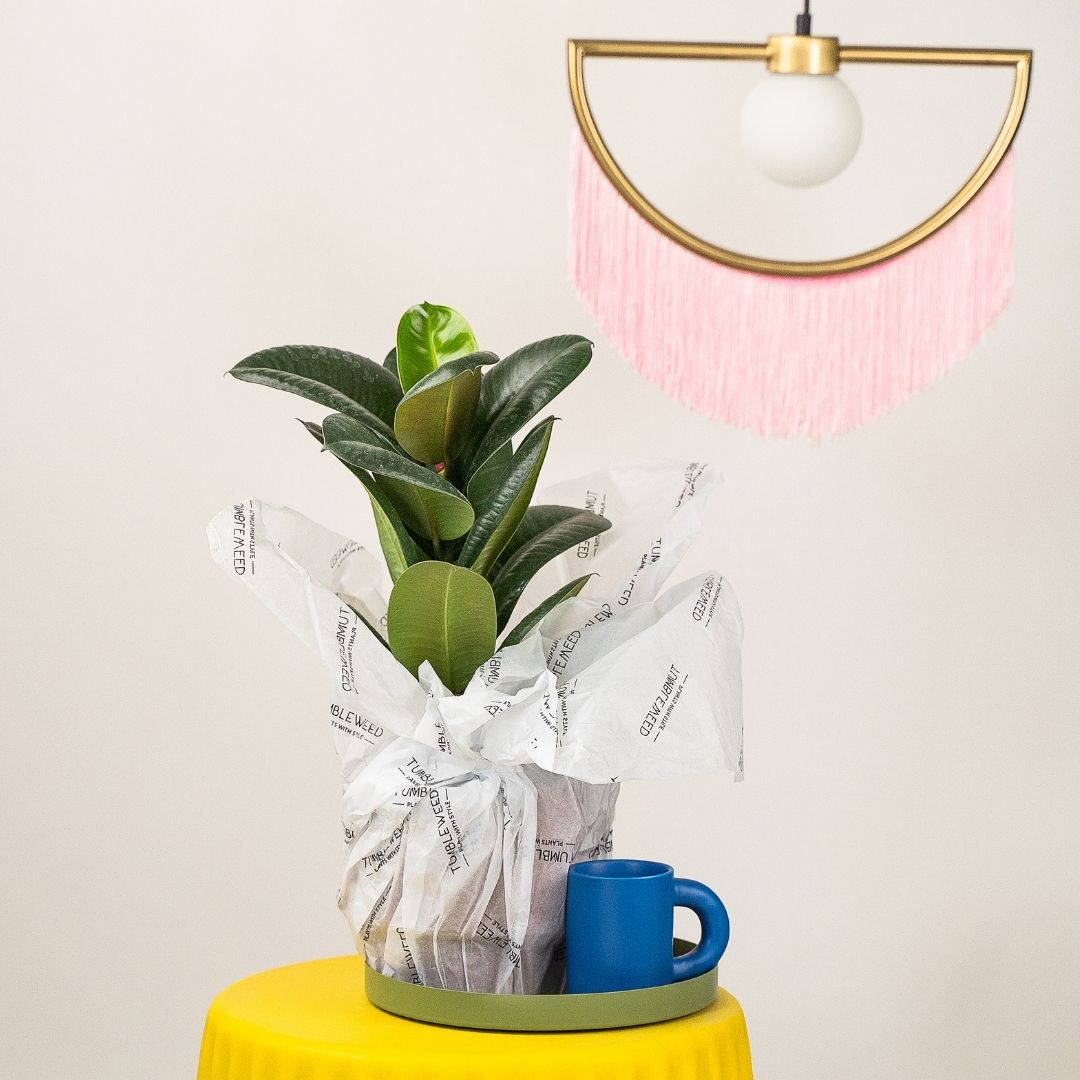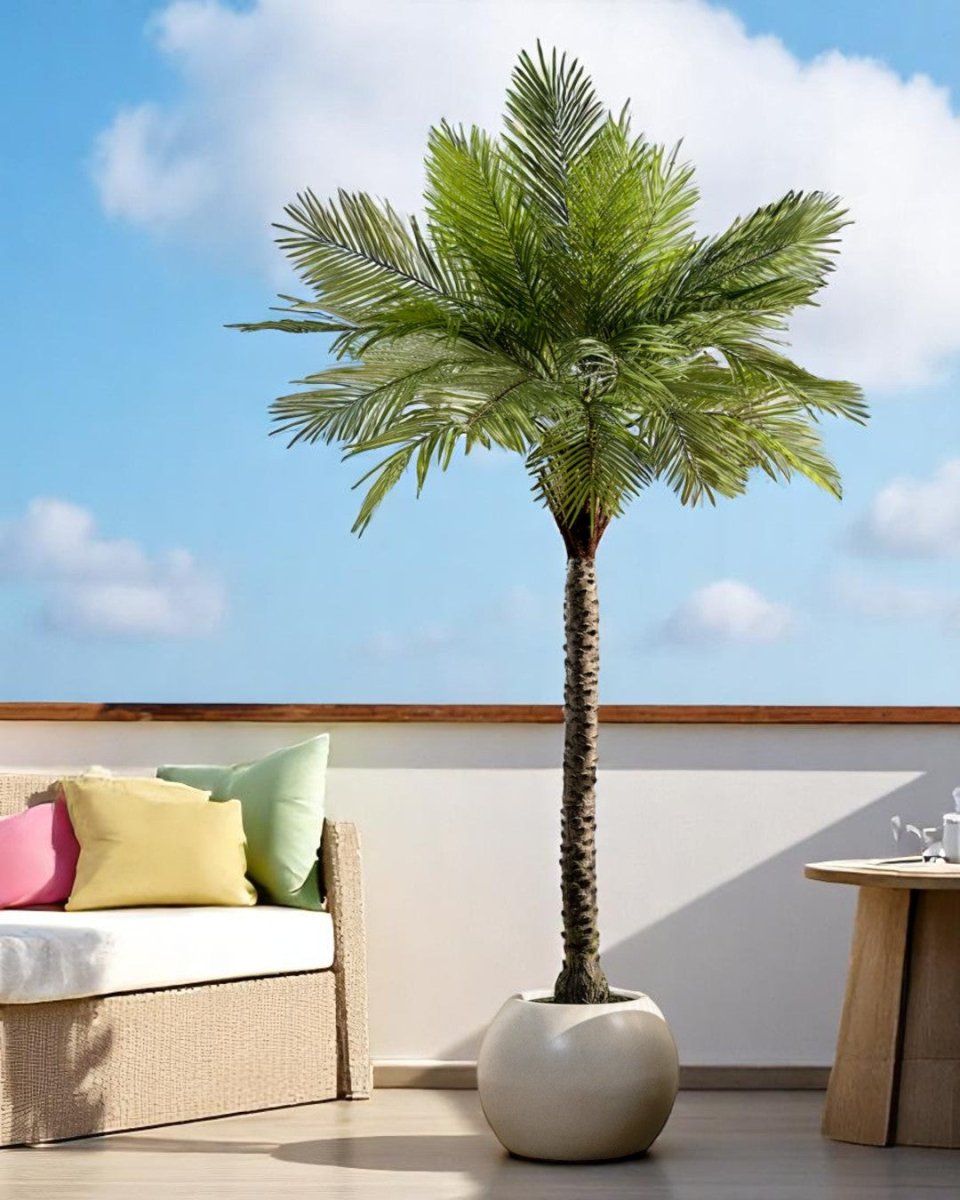Being a truly ancient lineage of plants, Cycas plants add a whole new dimension to the meaning of “bringing nature indoors". Its unique look and history will fit into any space while bringing a tropical vibe.
Search plants, planters, garden accessories and more.
-
Sale
-
Plants
-
Pots
-
Care
-
Decor
-
Gifts
-
Services
-
Business
Free Delivery Above $99 | Shop Now
What's New
-
 Year End Sale: Up to 50% off→
Year End Sale: Up to 50% off→ -
 🎁 Corporate Gifts! 🎁→
🎁 Corporate Gifts! 🎁→ -
 Transform your space with our Plant Styling Services!→
Transform your space with our Plant Styling Services!→ -
 Low Light Corner?→
Low Light Corner?→ -
 Login to Earn & Redeem Points!→
Login to Earn & Redeem Points!→ -
 🎉 Making buying plants easy! 🎉→
🎉 Making buying plants easy! 🎉→
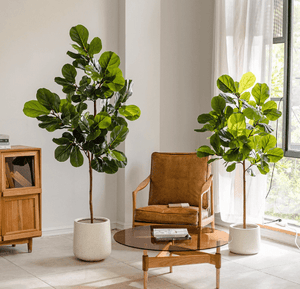
Year End Sale: Up to 50% off
Upgrade your decor now! Automatic tiered discounts mean bigger savings on plants, planters & more. Watch your progress bar fill up as you shop! Sale ends soon. 🌱
Also don't miss out on our free XL Everfresh giveaway, auto enrolled when you make a purchase with us.
Shop Plants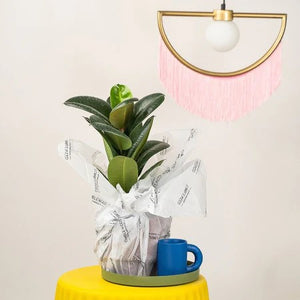
🎁 Corporate Gifts! 🎁
Planning corporate gifts for the festive season? Make a lasting impression with our premium plant gifts! Perfect for clients, partners, or employees, our curated selection of plants is both meaningful and elegant. Choose from a variety of options that fit any budget. Order now and ensure your corporate gifts are delivered in time for the celebrations.
Bulk Gifting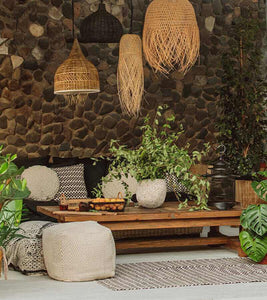
Transform your space with our Plant Styling Services!
Looking to refresh your space for the year-end festivities? Elevate your home decor with our Plant Styling service! Whether it’s a cozy corner or a grand living room, our expert tips will help you transform your space into a green oasis. Perfect for setting the holiday mood! Get inspired and start styling your space with our premium plant collections.
Start your Project
Low Light Corner?
No worries! Our Plant Lights are here to help your plants grow! Specially designed and made for houseplants.
Shop Lights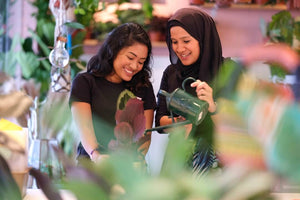
Login to Earn & Redeem Points!
Login and automatically enrol into our Rewards program, earning you points, and get exclusive deals and discount
Login Now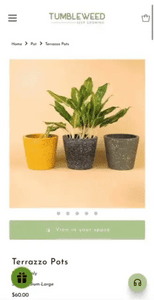
🎉 Making buying plants easy! 🎉
We have made buying plants even easier, with our customer service team, equipped to provide you with a plant recommendations. Hit us up on our chat channels to get started!
Shop NowUp to 50% off with our Year End Sale!
Free delivery above 99SGD
🎁 Free Gift Above $120
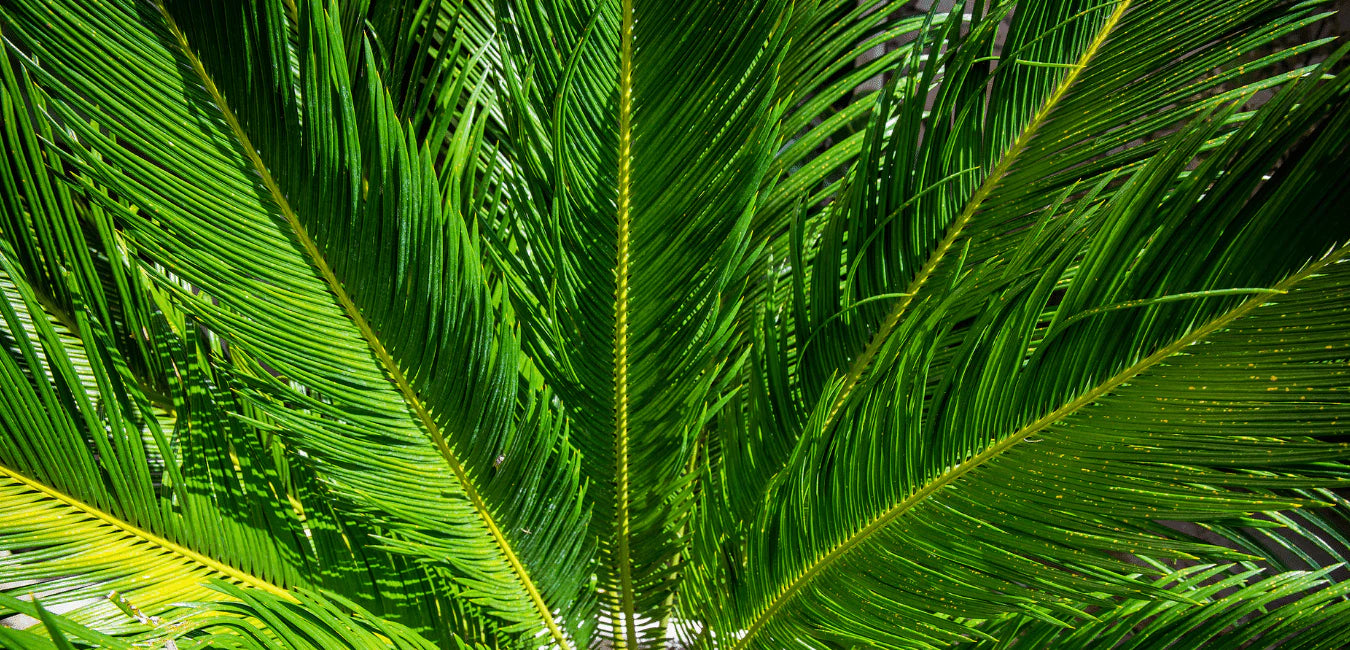
Cycas Plants: Information and Plant Care Guide
Varieties from our listing
Interested to buy a plant from this group?
See what we have available HERE
Below is a general care guide for Cycas plants which can slightly differ depending on variety.
Light & Temperature
As Cycas are tropical plants, they thrive best in partial shade to bright indirect light. Make sure that there is exposure to bright light to keep your Cycas healthy. Long exposure to direct sun may burn its fronds.
Cycas prefer warm temperatures, so choose an area for them away from air vents and drafts.
Watering, Humidity & Misting
Cycas does not respond well to overwatering, so make sure that the soil is not consistently moist. Allow the soil to dry out at least half before watering again. Always err on the side of underwatering when there is doubt.
Being a tropical rainforest plant, Cycas appreciate high humidity. To boost humidity, mist the plant frequently, or you can also set up a tray with water and pebbles or a humidifier.
Soil and Repotting
Cycas prefer rich, well-draining soil that still retains some moisture.
As Cycas are slower growers, they will only need repotting once every three years, or when the plant is out-growing the pot.
Propagation
Propagating Cycas are typically done through seeds. However, this process can be time-consuming and ineffective.
Another way to propagate Cycas is through division. Often times, Sago Palms send up clusters of new growth around its base. Simply remove the baby plants from the parent with sharp pruners, leaving as much roots attached as possible. Place the cuttings in shade for a few days for the cut to heal over before potting them in the same medium as its parent.
Fertiliser
Use a balanced fertiliser formulated for houseplants. Follow directions on the label of plant food.
Toxicity
Cycas are highly toxic if ingested and should be kept out of the reach of children and pets. The seed (nuts) are the most toxic part.
Possible Issues
Under the right care and conditions, your plant will grow happy and healthy. But here are some issues you may encounter while caring for a Cycas:
Scale, mealybugs and spider mites - When spotted, wipe the leaves with a soft cloth or warm, soapy water.
Yellowing leaves - This is usually a sign of nutrient deficiency. However, in some cases it can also be a sign of overwatering or the presence of pests.
- Regular Price
- $58.00
- Sale Price
- $58.00
- Regular Price
- Unit Price
- /per
- Regular Price
- $25.00
- Sale Price
- $25.00
- Regular Price
- $35.00
- Unit Price
- /per
TumbleweedPlants.com
Live Chat 💬
Whatsapp:+65 80561106
getintouch@tumbleweedplants.com
514 Chai Chee Lane (Office & Warehouse)
-Strictly not open to walk-in
Company
Helpful Links
Join Our Community
Join 40,000+ plant lovers and get care tips & inspiration.
About
TumbleweedPlants.com is an independent plants retail brand, established in Singapore in 2016. We make stylish indoor plants easy and accessible to all with great looking houseplant varieties, the biggest selection of planters and indoor plant care essentials delivered to your door.
Shop with confidence from the Best Plant Home Decor Online Store Today!

